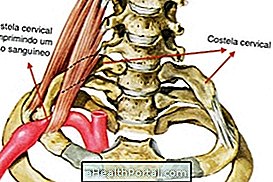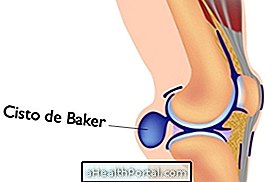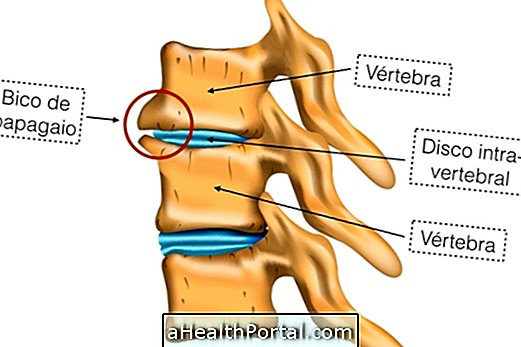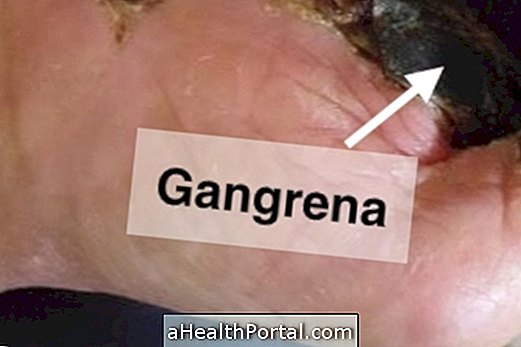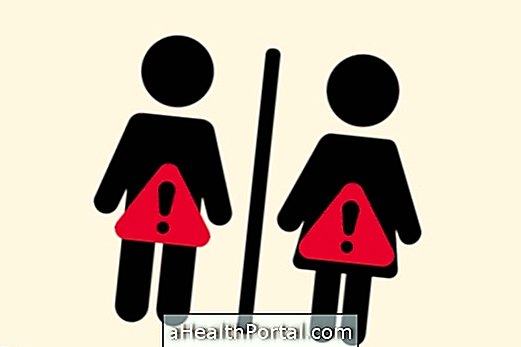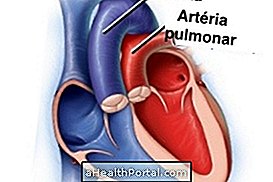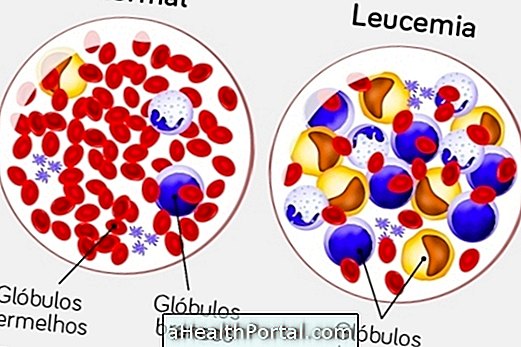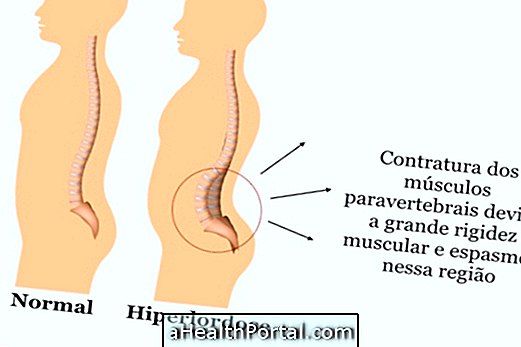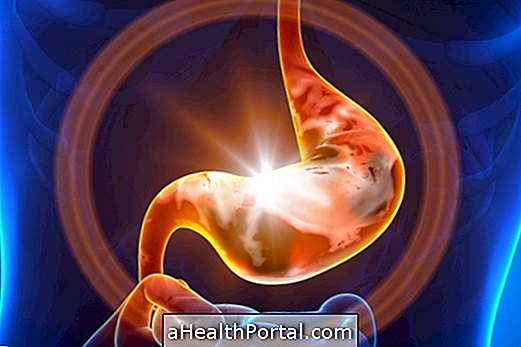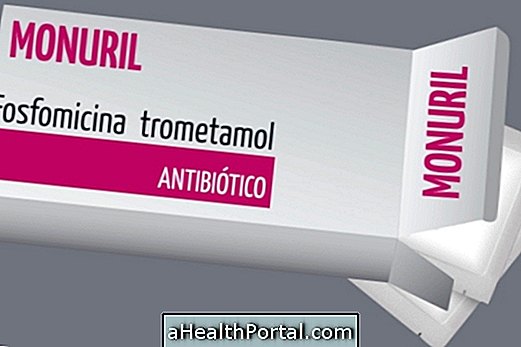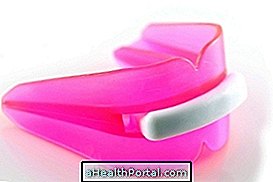The spur on the heel is when the calcaneal ligament becomes calcified and appears to have formed a 'bone' generating a strong pain in the heel, as if it were a needle, when the person rises from the bed and places the foot on the floor, for example.
To relieve spur pain there are simple treatments such as the use of orthopedic silicone insoles and foot massage, but it is also important to do stretching with the leg and foot. Other options are physical therapy, and ultimately surgery to remove the spur.
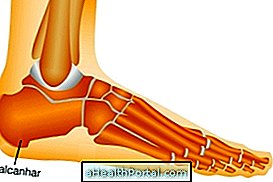

How to know if it's spur
The only symptom is the pain in the sole of the foot, in the region where the bone is formed, which is a sharp, pointed pain. The pain worsens when walking, running or jumping, for example, disappearing after some time at rest.
The orthopedist or physiotherapist may suspect that it is a spur because of the characteristic symptoms that the person presents, but X-ray examination is essential to observe the formation of this little bone in the heel.
What to do in case of heel spur
What should be done in case of pain caused by a spur in the heel is resting the foot to relieve the pain. However, if the pain persists for more than 15 minutes, other options are:
- Before sleeping, you should wash your feet, apply moisturizing cream and massage the entire sole of the foot, insisting more time in the most painful region;
- Slip a tennis ball over the foot, especially on the heel, which can be done standing or sitting and relieves much the pain at the same time;
- Stretch the fascia, pulling your toes up and also the entire back of the leg;
- Physiotherapy with appliances and exercises, including global postural reeducation and osteopathy that realign all structures of the body, eliminating the cause of your spur;
- If you are overweight, you should diet and exercise to lose weight and reach the ideal weight;
- Stretching exercises for the feet and legs. Good examples are: take a step back, the heel slopes on the floor and 'pushes' the wall with your hands;
- Put a towel on the floor and go pulling it with your fingers, another that can also do is pick up marbles and put in a bucket, for example. he gets about 20 balls a day, but he remembers having his heel always resting on the ground;
- The physician may still recommend shockwave therapy, corticosteroid infiltration, or surgery, if at all, if the above options are not sufficient.
Watch the video and see what else you can do to feel better:

It is also very important to wear comfortable shoes, not to wear flip flops or sandals, and if possible do stretches with the leg and foot daily. See all heel spur treatments.
What causes heel spur
The spur in the heel arises due to the accumulation of calcium under the foot over several months, which happens due to the excessive pressure on the same site and mainly due to the increased tension on the plantar fascia, which is a tissue that connects the bone from the heel to the toes.
Thus, spur is more common in people who:
- They are above ideal weight;
- Has a very high arch or very flat foot;
- It has a habit of running on very hard surfaces, such as on the asphalt, without proper running shoes;
- They practice activities that include jumping constantly on a hard surface, as is the case of artistic or rhythmic gymnastics;
- They use hard shoes and they need to walk for many hours, during work, for example.
These risk factors increase the pressure on the heel and, therefore, can lead to micro-injuries that facilitate the formation of the spur.
